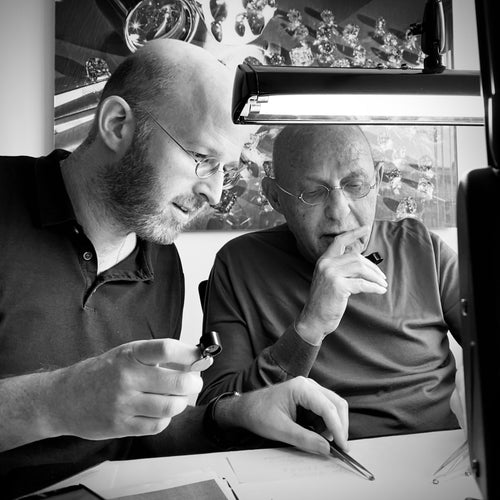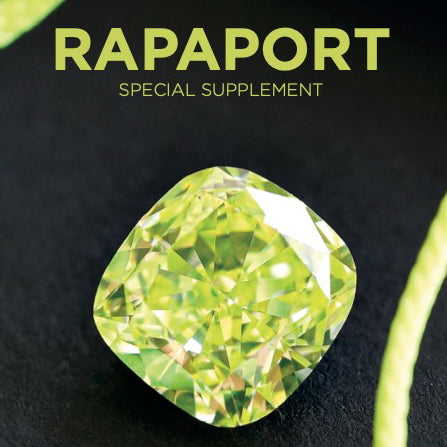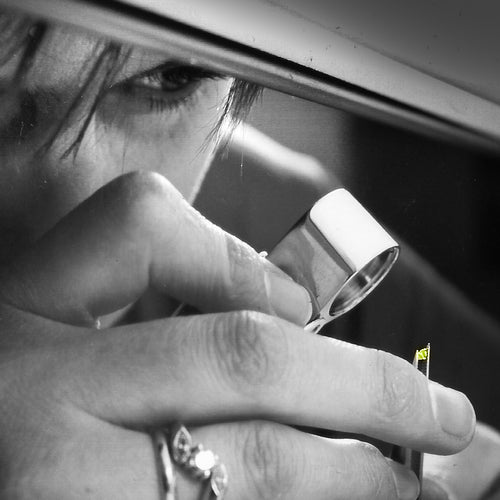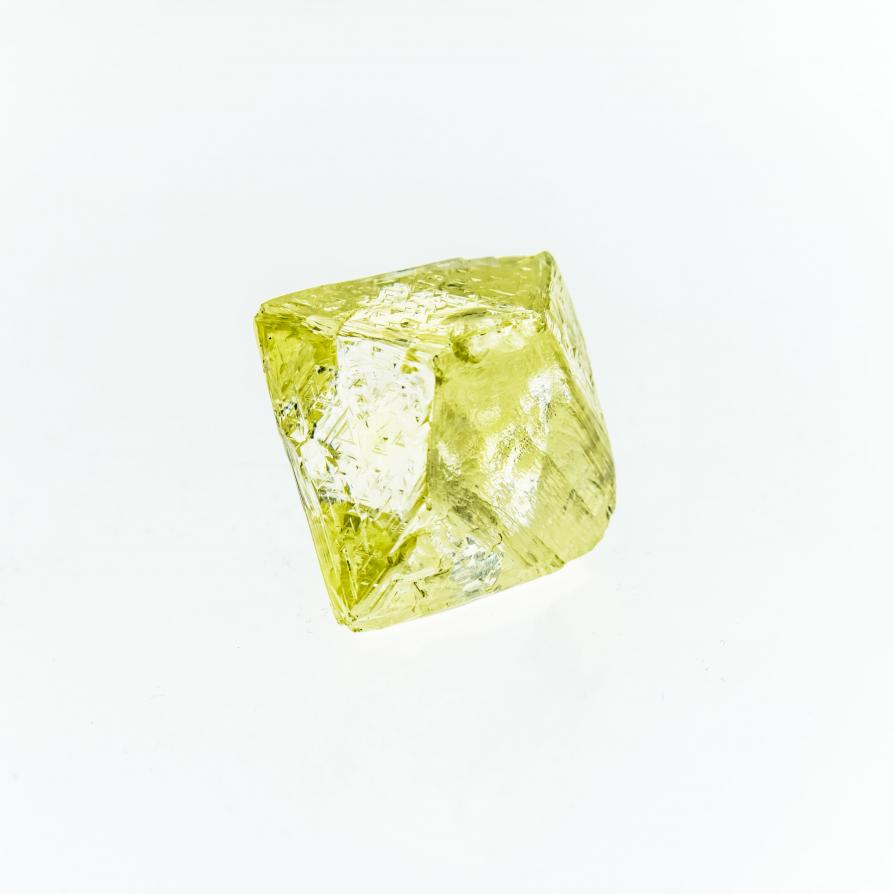



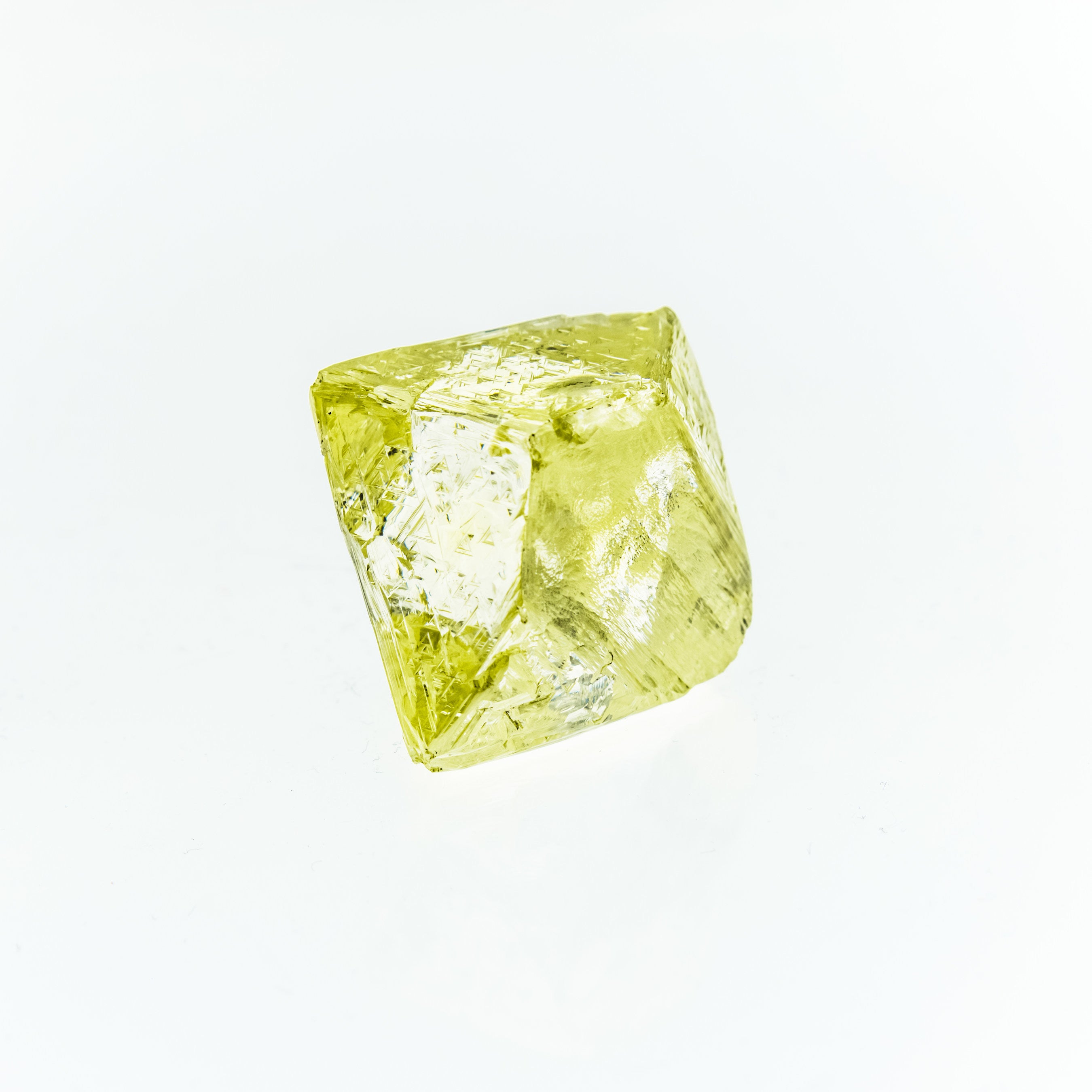

CONFLICT DIAMONDS AND THE KIMBERLEY PROCESS FACT SHEET
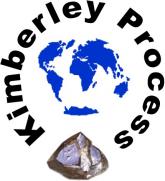
DIAMONDFACTS.ORG
What are ‘conflict diamonds’?
‘Conflict diamonds’ is the term used to describe diamonds which are illegally traded to fund conflicts. In recent times, conflicts in some of the poorest parts of Africa have often focused on rebels controlling their country’s natural resources and assets; for example, oil, wood, minerals and also diamonds. The United Nations (UN) defines conflict diamonds as ‘...diamonds that originate from areas controlled by forces or factions opposed to legitimate and internationally recognized governments, and are used to fund military action in opposition to those governments, or in contravention of the decisions of the Security Council’. Conflict diamonds came to the attention of the world media during the extremely brutal conflict in Sierra Leone in the 1990s. While Sierra Leone is now at peace, currently, the Ivory Coast remains under UN Security Council sanctions prohibiting the import and export of diamonds.
How many diamonds are conflict diamonds?
Currently, less than 1% of the world’s diamonds are conflict diamonds. In the late 1990s, conflict diamonds represented a very small percentage of the world’s diamond production (approximately 4%).
How does the diamond industry ensure conflict diamonds are not in the pipeline?
The brutal conflict in Sierra Leone in the 1990s brought conflict diamonds to the world’s attention. The UN, governments, the diamond industry and NGOs (such as Global Witness, Amnesty International and Partnership Africa Canada), recognised the need for a global system to prevent conflict diamonds from entering the legitimate diamond supply chain and thus helping to fund conflict.
A simple process called the Kimberley Process was agreed in which rough diamonds are sealed in tamper-resistant containers and have a forgery resistant conflict free certificate with unique serial numbers each time they cross an international border. This process ring-fences conflict diamonds in order to prevent them from entering the diamond supply so that they do not fund any rebel groups. Governments of the exporting and importing countries are responsible for checking all Kimberley Process certificates.
In addition, the diamond industry has agreed to provide evidence to all purchasers in the chain, from when diamonds are imported with a Kimberley Process certificate to the point of sale to the consumer, that the diamonds being sold are from conflict free sources. This involves a written statement on all invoices declaring that the diamonds are from a conflict free source which is referred to as the ‘System of Warranties’.
While, today more than 99% of rough diamonds are certified to be from conflict free sources, the diamond industry has a zero tolerance policy towards conflict diamonds and will not rest until conflict diamonds are completely eradicated.
What is the Kimberley Process?
The Kimberley Process is a unique joint initiative involving governments, the international diamond industry and NGOs to stem the flow of conflict diamonds. Progress to achieve this shared objective began in May 2000 and by December 2000, all 191 members of the United
FOR MEDIA USE
Nations General Assembly voted unanimously to support the process. This was the first time that a global industry had cooperated with the United Nations, governments and civil society to address an important humanitarian issue.
By the beginning of 2003, 52 Governments had agreed to the Kimberley Process Certification Scheme and adopted it as national law. In essence, participants agreed to only allow the export and import of rough diamonds between other countries in the Kimberley Process and countries in conflict were barred from becoming a member.
Today (as of August 2007), 74 countries, including Sierra Leone, are members of the Kimberley Process, ensuring that more than 99% of the global production of rough diamonds are now certified to be from conflict free sources.
How does the Kimberley Process work?
• The Kimberley process requires that:
1. Each shipment of rough diamonds crossing an international border must be:
a. Transported in a tamper-resistant container
b. Accompanied by a government-validated Kimberley Process Certificate
2. Each certificate must be resistant to forgery, uniquely numbered and describe the
shipment’s contents
3. The shipment can only be exported to another Kimberley Process participant country
4. The importing country’s customs have a responsibility to check the contents of the
shipment with the Kimberley Process certificate.
• It is illegal for uncertified shipments of rough diamonds to either be imported or exported by a Kimberley Process participant country. Failure to comply with these procedures can lead to confiscation or rejection of parcels and/or criminal sanctions.
• If any concerns arise regarding a country’s adherence to the Kimberley Process, they are investigated and dealt with at an intergovernmental level.
What is the System of Warranties?
The World Diamond Council and all its members have agreed to provide evidence to all purchasers until the sale to consumers that the diamonds being sold are from conflict free sources. This involves a written statement on all invoices making a declaration that the diamonds are from a conflict free source which is referred to as the ‘System of Warranties’. Under this, ‘System of Warranties’, the following affirmative statement must be provided on all invoices:
“The diamonds herein invoiced have been purchased from legitimate sources not involved in funding conflict and in compliance with United Nations resolutions. The seller hereby guarantees that these diamonds are conflict free, based on personal knowledge and/or written guarantees provided by the supplier of these diamonds.”
All members of the trade who provide such assurances have promised to keep records with this statement on them, therefore providing evidence that their diamonds are from conflict free sources. All warranties, whether from a supplier or a customer must be audited and reconciled on an annual basis by the company’s own auditors. If asked for by an authorised government agency, these records must be provided and are proof of compliance with the Kimberley Process.
What benefits do diamonds provide to the countries where they are sourced?
As a major natural resource, diamonds are contributing to the transformation of Southern Africa and the lives of its people. Countries such as Sierra Leone are now in the process of establishing a lasting peace through political and democratic means and diamonds are helping to build that structure.
Additional sources of information
Diamond Facts www.diamondfacts.org
US Media Contact 866-490-8855 usmedia@diamondfacts.org
International Media Contact 44-207-878-3114 intlmedia@diamondfacts.org
A532;A532;A532;







